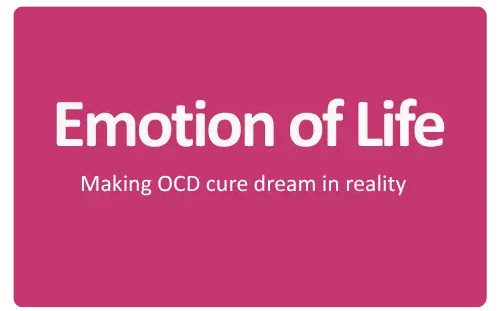Consistency plus guided support creates steady progress.
1) Identify Your Obsessions and Compulsions
Write down your common intrusive thoughts (obsessions) and the behaviors (compulsions) you use to reduce anxiety. For example:
- Obsession: “My hands are contaminated.”
- Compulsion: “I wash my hands repeatedly.”
2) Track Your Triggers
Note situations, places, or times that trigger OCD. This builds awareness and helps you plan exposure exercises later.
3) Challenge Your OCD Thoughts
Ask yourself:
- Is this thought 100% true?
- What evidence do I have for and against it?
- What would I say to a friend who had this thought?
4) Practice Exposure and Response Prevention (ERP)
Gently face a feared cue without doing the compulsion. Example: touch a doorknob and delay handwashing. With repetition, anxiety reduces and confidence grows.
5) Be Consistent and Track Progress
Use a diary or app to record exposures, thoughts, and anxiety levels. Small daily steps add up over time.
Get Guided Help
At Emotion of Life, we offer expert-guided online CBT and ERP sessions for OCD recovery. You do not have to do it alone.
Call: +91 9368503416 www.emotionoflife.in Email: info@emotionoflife.in
Book Now | Review | OCD Types | Our Experts | Success Stories| Contact Us| MyPsychologist
© “Emotion of Life” — take the first step toward an OCD-free life, naturally and effectively.

